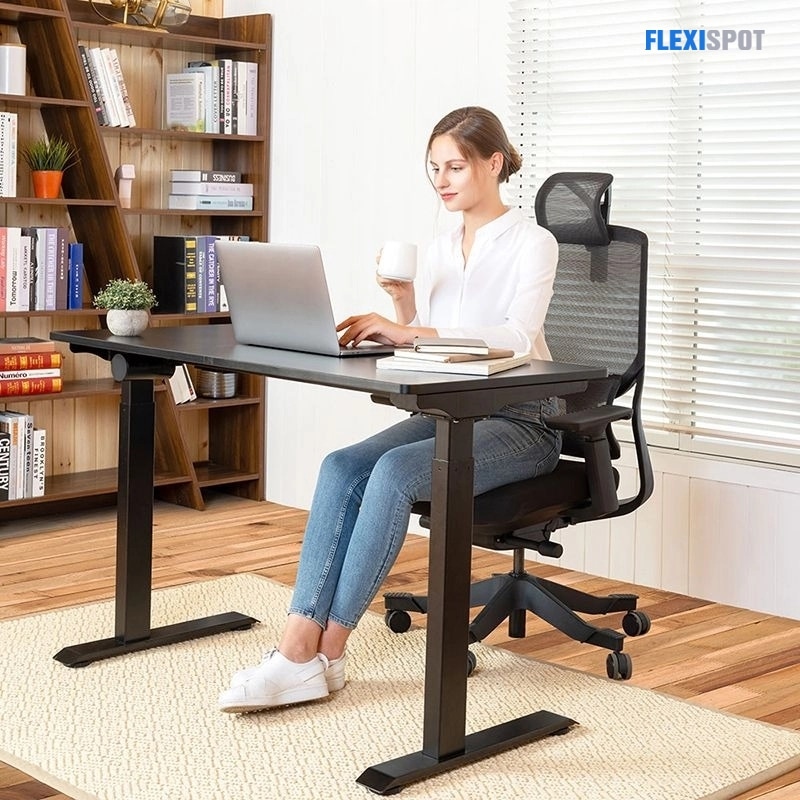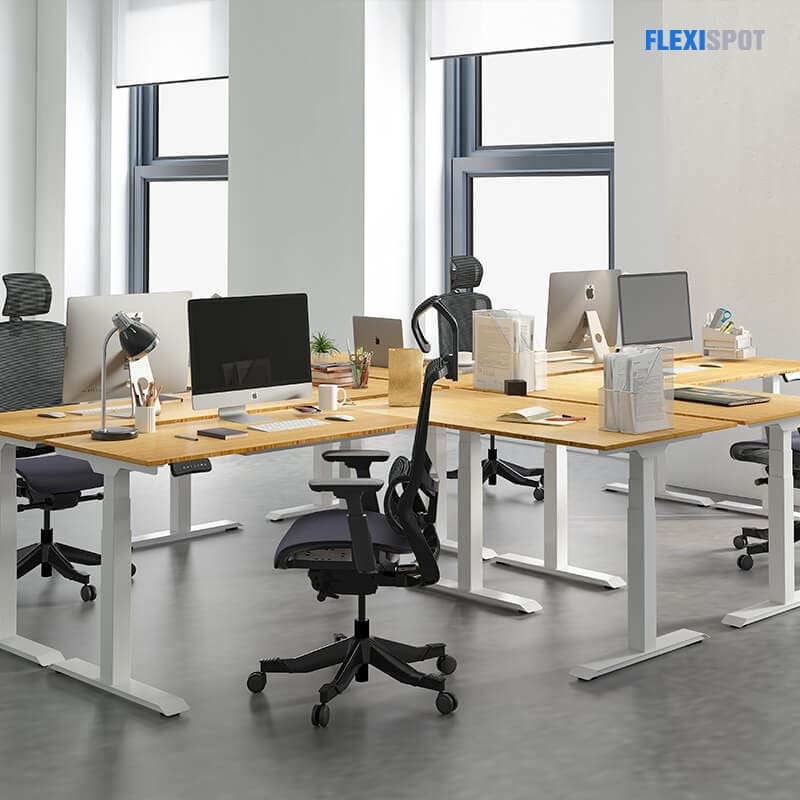One of the essential needs of a modern workplace is that it be ergonomically pleasant. Employers have improved flexibility through flexible workspace plans because the relevance of ergonomics in the workplace has been highlighted.
This provides numerous advantages for the company's personnel as well as an overall success.
While every workplace aims for perfection in terms of comfort and flexibility, an ergonomic assessment must ensure that a company operates at its full potential.
There are several workplace ergonomic assessment methods to verify that your company follows the best standards and practices. This post will go over the importance of ergonomic workplace assessments and how to go about doing one.
Why Ergonomics Matter in the Workplace
Ergonomics has long been associated with modern workplaces. The goal of workplace ergonomics is to make things easier and more comfortable for both employees and businesses.
However, many people are still unaware of what an ergonomic workspace is, even though most creative workspaces do not pay special attention to ergonomics in the workplace.
A workstation that adheres to ergonomic engineering principles is referred to as an ergonomic workspace.
It entails paying great attention to an organization's personnel capabilities, limitations, and comfort levels. It also ensures diversity in the workplace, allowing each employee to work at their own pace.
Importance of Ensuring That Ergonomics Is Considered
Having the right furniture is an essential aspect of creating an ergonomic workplace; as a result, you will want to invest in a reliable, ergonomic chair so that each user may adjust it to their degree of safety and work accordingly.
You can get the remarkable Soutien Ergonomic Office Chair of FlexiSpot. Another critical factor to consider is including those with unique needs and concerns.
For example, a standing desk for persons with lower back pain, or even the most delicate office chair for lower back pain, ensures that the sensitive populace is taken care of.
An ergonomic assessment is also necessary to ensure that your organization welcomes people of different backgrounds.
What is an Ergonomic Evaluation?
The ergonomic evaluation examines risks in the workplace that could lead to musculoskeletal problems, similar to how you would baby-proof your apartment as your children get older.
A workplace is full of many aspects that, if ignored, can result in concerns such as permanent back discomfort or nerve damage.
As a result, an ergonomic evaluation aims to identify and quantify these risk factors so that actual adjustments can be made in the workplace.
A complete ergonomic study is a foundation for creating a safer, healthier, and less injury-prone workplace and improving general workplace well-being.
After performing an ergonomic study, HR may take data-backed initiatives to reduce injury and improve comfort in the workplace.
How Should Ergonomic Assessments Be Conducted in the Workplace?
You must now complete several measures if you want your workplace to pass all of the steps for an ergonomic assessment.
These processes ensure that no detail is ignored, and the result is a workplace that is both comfortable and flexible for employees. Here are a few simple procedures to take while doing an ergonomic assessment at work.
History of the Workplace
Over time, every workplace has a few tragic situations. Employees may have been infected with a virus, or someone may have sustained a chronic back injury due to a swaying chair.
While it is difficult to analyze a workplace instantly, history may always assist you to grasp a workplace more thoroughly.
Data on Workplace Performance
Examine claims data, occupational injury reports, worker's compensation records, first aid logs, and any other data you have to get familiar with any work-related injuries.
This will help you spot any high-risk activities or departments, as well as common injuries and complaints. Furthermore, you will be able to focus your ergonomics evaluation and development efforts on the areas that will produce the best results.
The Right Equipment
After you have a thorough understanding of previous workplace injuries and incidents, you will need to examine the present situation to find any gaps and identify any remaining areas of interest.
To make this procedure run smoothly, you will need to collect adequate information about using the correct tools.
For example, the National Institute of Occupational Safety and Health has developed well-respected ergonomics evaluation methodologies publicly available to the public. As a result, you may select the finest tools based on your ultimate goal and expected outcomes.
Methodology of Evaluation
Make an ergonomic assessment brief covering your methodology and the tools you will need to collect subjective and objective data. Then, using the brief as a guide, ensure that each evaluation employs the same tools and methods of documentation.
It all depends on which ones the corporation operates. There are numerous checklists available to ensure that the workplace is safe. An attempt must be made to gather subjective data based on the assessment and then make the appropriate adjustments.
Subjective data is what you will collect from your work experience in real-time. Begin by taking a walk around the office to get a sense of the present condition.
You can look through numerous zones to see if there are any limitations or deficiencies. Finding out the number of employees in the company and then judging the quantity or types of furnishings in the workplace is straightforward.
You can observe each person working throughout working hours to gain a clear view of the performance situation. You may get a good notion of ergonomics by assessing employee pleasure and satisfaction.
You may also analyze employees' posture, and getting feedback is a fantastic way to go.
Analyze the Information
Please make a list of risk factors in order of importance and measures to mitigate them. Analyze all of your present data, the new subjective and objective data you gathered throughout the evaluation, and my position and department as a whole.
Identify critical insights and risk-mitigation options, then prioritize them based on the likelihood of harm and severity of the occupational injury.
You can also promote the importance of ergonomics in the workplace by implementing various training programs and raising knowledge about the subject.



